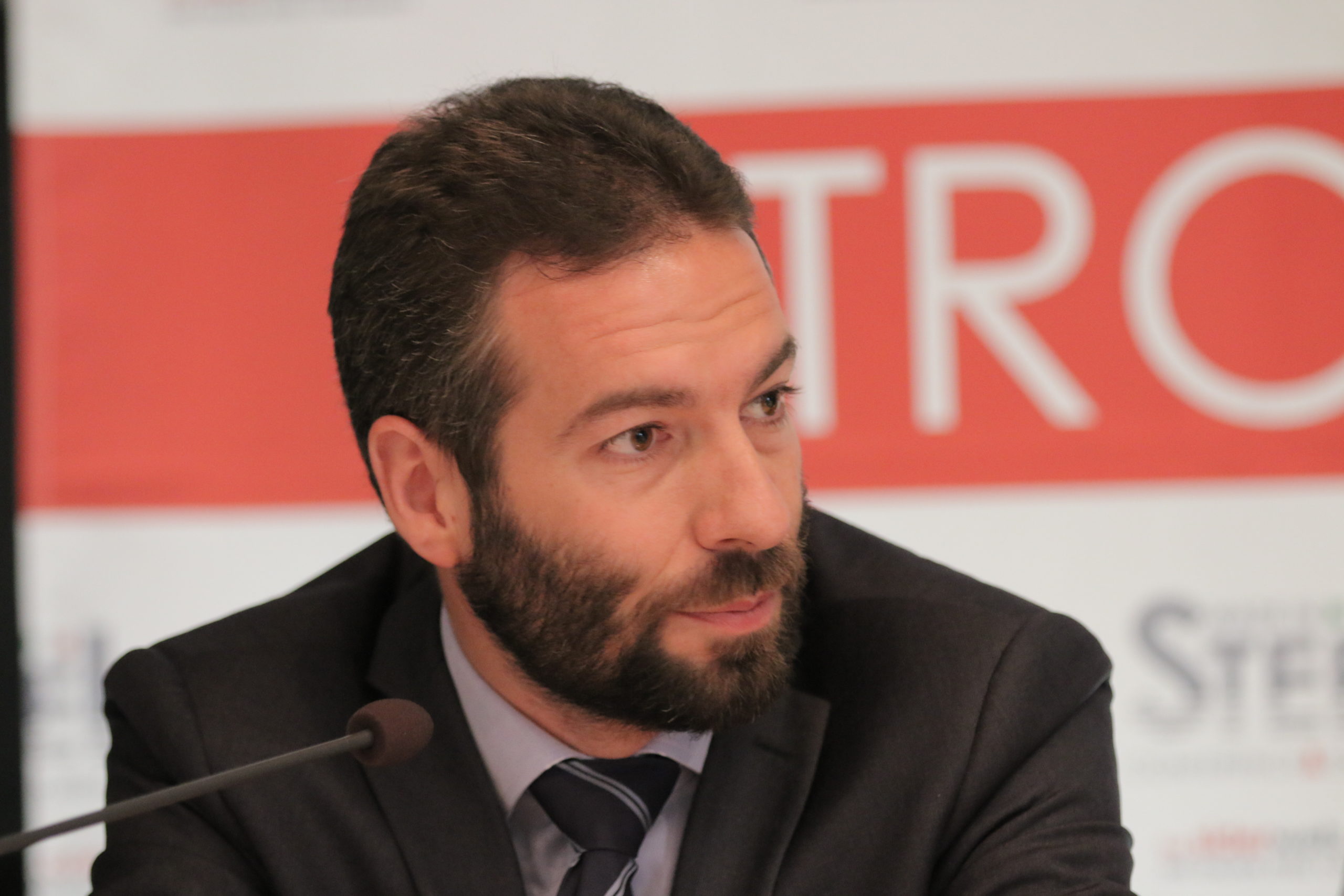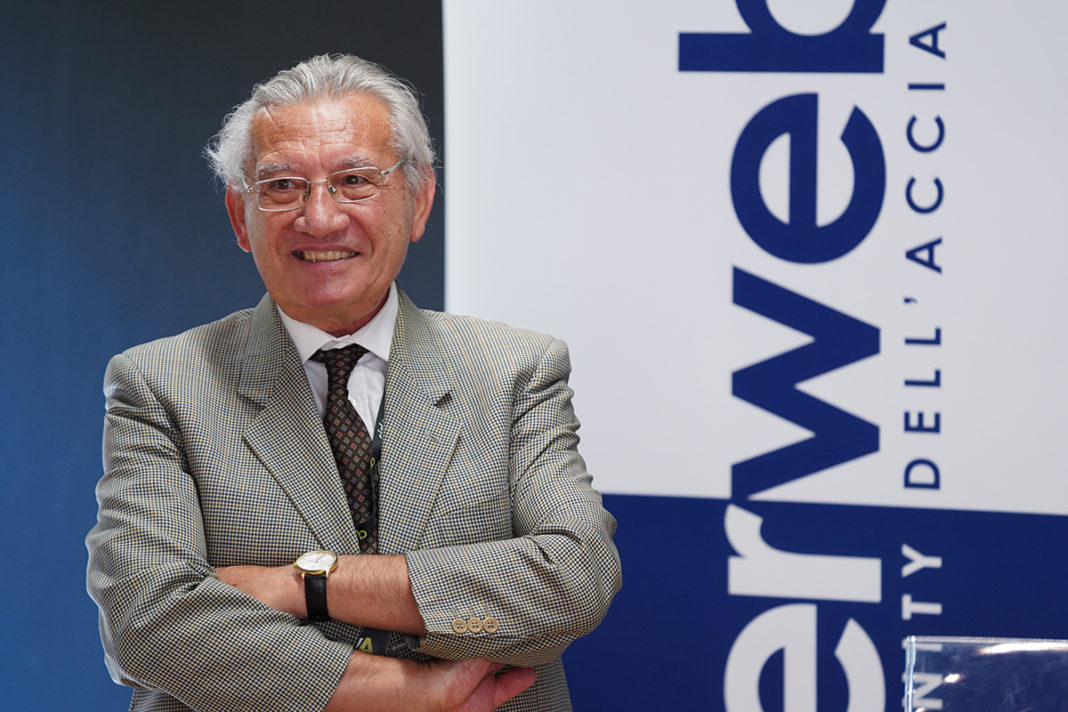
Interviews Italy 17086 19 December 2022
Stefano Ferrari and Gianfranco Tosini discussed the priorities and prospects for the Italian steel industry in the interview for GMK Center.
Italy is among the biggest players in the European steel industry. According to Eurofer, direct employment in this country’s steel sector reached almost 30,600 in 2021. Italy, the EU’s second-largest steel producer, increased output to 24,4 million tons last year. In 2022, steelmakers reduced the production and halted some of their activities due to high production costs, weak demand and low cash flow. However, steel production in Italy may grow next year. It means that the Italian steel sector can overcome the challenges and achieve new goals.
Siderweb is the main Italian body that intercepts the needs of producers, distributors and users for analysis and information in the steel sector. Stefano Ferrari and Gianfranco Tosini, respectively the Head and the Member of the Siderweb Research Department, discussed the priorities and prospects for the Italian steel industry in the interview for GMK Center.
The energy crisis is one of the prime challenges Europe is facing today. How did it affect the steel industry in Italy?
The energy crisis heavily affects the Italian iron and steel industry by increasing the production costs of steel, therefore the selling prices of semi-finished and finished products with consequent effects on the rise in the inflation rate and compression of the demand for steel.
Can you compare energy costs for steel production in Italy in 2021-2022?
In 2022, the production price of a ton of steel grew on average by 20.6% compared to 2021: + 14.8% production with EAF and + 45.2% production with BOF.
What energy price is reasonable for the Italy steel sector and why?
More than reasonable, I believe that a sustainable energy price for in Italy should be around 150-200 euros per MWh. In 2022 it was on average 275 euros per MWh with a peak of up to 532 euros per MWh in August.
What other processes or events are currently affecting the Italian steel industry?
In addition to the high price of energy raw materials, the Italian steel industry has to face the shortage of scrap within the country and therefore the need for imports from abroad. This imbalance will tend to grow in the coming years due to the conversion of part of the production capacity from blast furnace (BOF) to electric furnace (EAF) in most steel-producing countries.
What is the Italian Government support of the steel sector? Is this support enough?
Currently, the main support of the Italian government to the steel sector consists of the tax credit which aims to control the price of electricity and gas. This is a less effective measure than a direct reduction in energy prices as it affects the liquidity of companies only when the credit is used to offset the taxes payable to the state. To immediately obtain the necessary liquidity for the company’s activity, the credit can be transferred, with a discount, to a financial intermediary.

What steel production do you forecast in Italy in 2022? What will the situation look like in 2023?
In 2022, steel production in Italy is expected to decrease by about 10% compared to the previous year. In 2023, however, it should grow by about 2%, if there are no other spikes in energy prices that cause interruptions in production.
What is the current demand for steel products in Italy? What will the demand be in 2023 and what will this figure depend on?
Demand for steel in Italy is expected to decrease by approximately 3.5% in 2022. In 2023 a further decrease of 2.5% is expected due to the reduction in activity of the steel user sectors in the first half.
What are the priorities and the goals of the steel industry in Italy?
The absolute priority of the Italian steel industry is to reduce the impact of energy costs on the total cost of steel production through greater diversification of supply sources and the self-production of a significant share of energy from renewable sources. A second priority concerns the replacement of a portion of scrap with pre-reduced (DRI) for the production of steel with higher added value. DRI production would be concentrated in countries with low natural gas costs, preferably close to Italy (North Africa).
What will ensure the competitiveness of the Italian steel sector?
The competitiveness of the Italian steel industry will depend on the trend in production costs strongly influenced by the prices of electricity, gas and scrap, which represent the most important cost items for the production of steel with an electric furnace. In fact, production with EAF represents 82% of steel production in Italy.





